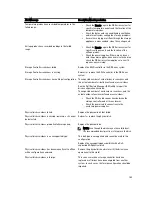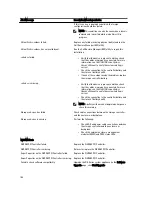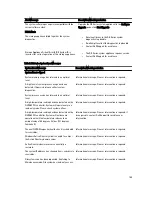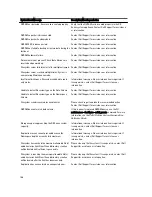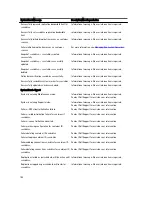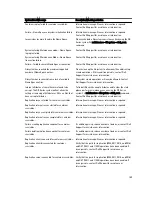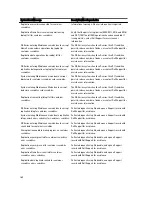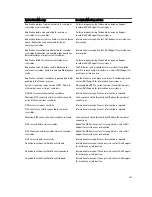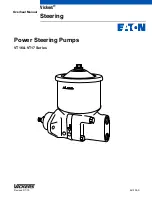
Rotating OST Plug-In Logs for Linux
If you set the OST plug-in log level to Debug, this can cause the plug-in log to quickly grow in size. The best practice for
preventing any issues with log sizes is to rotate the OST plug-in logs using the logrotate utility that is commonly available
on Linux-based systems.
To configure log rotation, complete the following:
1.
Create a file in /etc/logrotate.d/, name it “ost”, and add the following entries:
/var/log/libstspiDell.log {
rotate 10
size 10M
copytruncate
}
2.
Create a file in /etc/cron.hourly/, name it “ost_logrotate.cron”, and add the following entries:
#!/bin/bash
/usr/sbin/logrotate /etc/logrotate.d/ost
The logrotate utility runs every hour, and rotates the logs whenever the log file size exceeds 10 megabytes (MB). This
procedure is automated and is available as part of the OST plug-in installation.
Guidelines for Gathering Media Server Information
In addition to the DR Series system diagnostics log file bundles and core files that you can collect for history and
troubleshooting purposes, if you have run any OpenStorage Technology (OST) operations, Dell recommends that you
also gather some important media server-related files. This topic introduces some of these key media server files that
reside on Linux and Windows platforms .
NetBackup on Linux Media Servers
For NetBackup running on a Linux media server, Dell recommends gathering the following files:
•
OST plug-in configuration files and log files from the media server
– Location: /var/log/libstspiDell.log.*
•
NetBackup backup job logs and command logs from the media server:
– Location: NetBackup log files reside in /usr/openv/netbackup/logs/. For each process in NetBackup,
there is a subdirectory in the logs directory. Dell is interested in the following process-related logs:
bptm, bpdm, bprd, bpcd, bpbrm.
– Be aware that these five directories may not exist by default, so only collect these logs if they exist on
your media server. If they were created, the locations where these log files reside are as follows: /usr/
openv/netbackup/logs/bptm, /usr/openv/netbackup/logs/bpdm, /usr/openv/netbackup/logs/bpcd, /usr/
openv/netbackup/logs/bprd, and /usr/openv/netbackup/logs/bpbrm.
– Dell recommends that you collect logs from the following directories: /usr/openv/logs/nbemm and /usr/
openv/logs/nbrmms/.
•
Check for any core files that were generated on the NetBackup media server or on the DR Series system that
can include:
– Core files on a Linux NetBackup media server reside in the /usr/openv/netbackup/bin directory. Most of
the NetBackup binaries that link with the OST plug-in are in this directory.
– The location of the core files on the client is not a fixed location. Verify if the core files reside in
following directories: /, /root/, or the directory mentioned in the /proc/sys/kernel/core_pattern. For
146
Summary of Contents for PowerVault DX6112
Page 1: ...Dell DR Series System Administrator Guide ...
Page 32: ...32 ...
Page 70: ...70 ...
Page 86: ...86 ...
Page 100: ...For more information on Replication schedules see Creating a Replication Schedule 100 ...
Page 114: ...114 ...






















